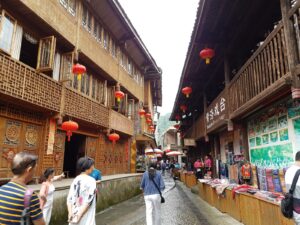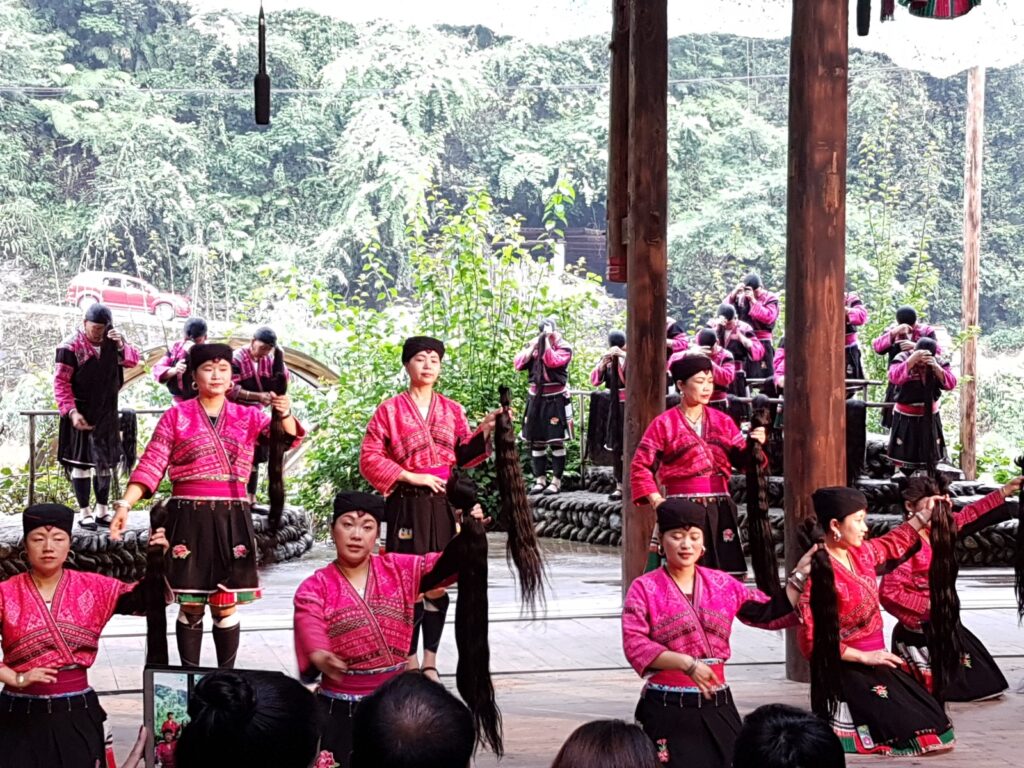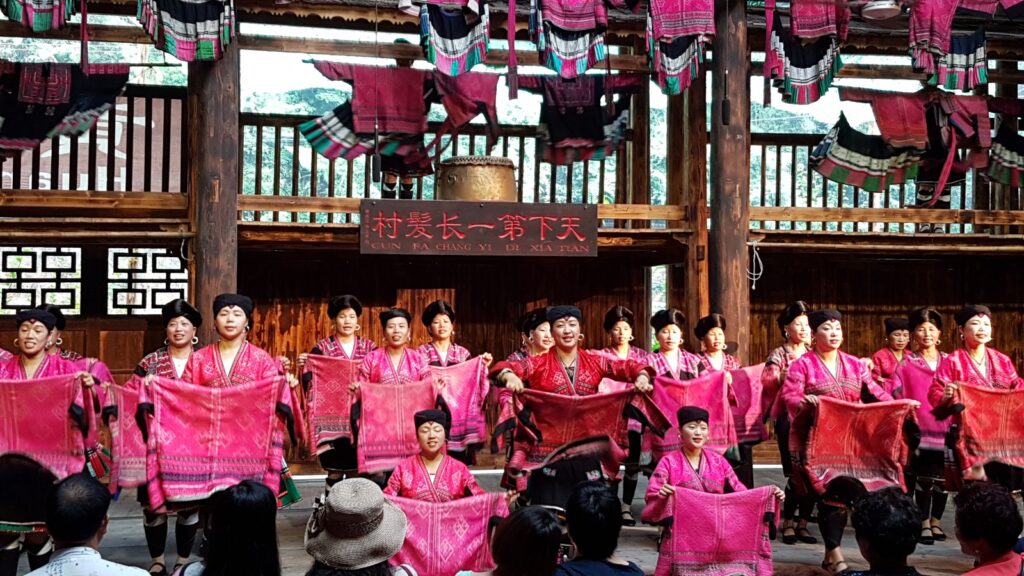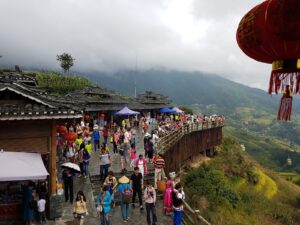Author: Iiris Hämäläinen
Drums rolling, colourful costumes twirling, a mysterious smoke swelling in the rays of a dawning sun. Tourists prepare with their cameras. Dancers find their positions on the stage, and the gates of a cultural theme park swing open.
Tourists enter ethnic theme parks worldwide daily, seeking the thrill of the exotic and the experience of authenticity. They wander around villages designed to fulfil their fantasies and expectations, eager to bring home photos of locals who seem to pose for them happily.
It might look, sound and even smell like a celebration of local traditions. But with a deeper insight, it is a site of cultural exploitation that instead of preserving a culture, risks eroding the heritage it claims to protect. What visitors encounter is not a journey into the past or a fantasy world, but rather a walk to a carefully constructed performance.
What are ethnic theme parks?
Modern ethnic theme parks and replica villages are a growing form of ethnic tourism where culture, tradition and everyday life are transformed into tourist attractions. Since the 1990s Asia has become the center of this trend, with China leading the development of hundreds of theme parks across its major cities.
Tourists pour into places like Yunnan Nationalities Village, Huangluo Village and Putaoshan Village to see the traditional architecture, taste local foods and get a glimpse of the ”authentic” local life. The parks showcase minority communities as exotic attractions, often enclosed behind entrance gates and ticket fees. Within these spaces, real people become the main objects of interest, reflecting the troubling legacy of human zoos.
This tourism model draws from the concept of staged authenticity: what visitors see is often a polished illusion, not the real experiences and struggles of the communities.
A dance performed out of its real context, a traditional home turned into a photo wall, and real life paused for a spectacle.

How Ethnic Theme Parks Mirror Human Zoos
Yes, cultural tourism can bring economic opportunity. But when heritage and culture become a product, it’s often at the cost of the communities it claims to represent.
Ethnic theme parks, through their human zoo portrayals, frequently reduce diverse cultures to simplified performances. Despite the intention to showcase and celebrate cultural diversity, these parks can reinforce stereotypes and contribute to the loss of cultural identity. Who truly benefits from this and at what cost?
Beneath the glorious shows is often a system of top-down governance, where minority groups have little to no say in how their culture is represented and marketed. Decisions are made by those in power, resulting in portrayals that serve commercial interests rather than cultural integrity.
Multiple studies confirm that the benefits of tourism often bypass the local communities. Those whose identities and traditions fuel the attraction are frequently excluded from the benefits their labour generates. Instead, profits are captured by elites, tour operators and external agencies. Globally, even 95 % of tourism revenue is suggested to leak out of local economies. In many cases, villagers lack the capital, skills and access to create and manage their tourism enterprises, leaving them dependent on external actors.

What ethical tourism should look like in practice
Ethical tourism isn’t just about minimising harm. It aims to create a meaningful and lasting impact on the communities. To avoid exploitation and cultural commodification, tourism must be grounded in local agency, empowerment and equity.
Communities should not just participate in tourism; they should lead it. Rather than being passive recipients or performers in a show that’s not theirs, locals deserve full ownership over how their stories and spaces are shared.
This shift toward empowerment starts with access. When community members have opportunities to build skills, gain knowledge and access necessary tools, they are no longer reliant on outsiders. Instead, they can create forms of tourism that support local priorities and protect cultural identity and heritage.
To support this, tourism must move away from top-down control and embrace bottom-up community-led organisation. This way, development becomes something done by the community, not to it.
In ethical tourism, people are not products. Instead of scheduled shows, there should be opportunities for genuine communication and exchange between the hosts and visitors. Community-based tourism alternatives to ethnic theme parks invite people to engage more deeply and respectfully with the local community, whether it’s a storytelling circle, a shared meal or a workshop. Encounters become ways of exchange, not performance.
Yet in many ethnic theme parks, this vision still remains far from reality. Somewhere in China the drum roll fades, the sun hangs low, and the village falls silent. Tourists leave with their photos, carrying away their impressions and stories of what they’ve witnessed. Gates close. Real lives breathe quietly behind the scenes, until the gates open again and a new group of visitors floods in.
Unless the scenes are no longer used.
How you can support ethical, community-based tourism
The show mustn’t go on. At Fair Tourism, we believe that tourism must be community-led and regenerative. Locals should own their stories, guide their experiences, and receive direct benefits. It’s time to move beyond staged performances, into spaces of genuine connection, collaboration and mutual respect.
You can be a part of this change. Support local-led initiatives. Choose community-based experiences. Share what you learn and challenge what you see.
The gates to staged cultures don’t have to open again.



This Post Has 0 Comments